Sharpen Your Listening Skills 🎧
Welcome to your listening comprehension practice session! The ability to understand spoken English in an academic or formal context is crucial for success in international exams and beyond. The following lecture will test your ability to follow a complex argument, identify key details, and understand the speaker’s perspective.
Before you begin, let’s review some powerful listening strategies:
- Predict the Content: The topic is “The Evolution of Advertising in the Digital Age.” What do you already know about this? Think about terms like social media, influencers, and data. Activating your background knowledge prepares your brain to absorb new information.
- Listen for the Structure: The speaker will likely use signposting language (e.g., “First,” “In contrast,” “A significant development was…”) to guide you through the lecture. Listen for these cues to understand how the ideas are organized.
- Focus on the Main Idea: Don’t get lost in every single word. Try to grasp the overall purpose of the lecture. Is the speaker explaining a process, comparing and contrasting, or arguing a point? Answering this will help you contextualize the details.
- Take Smart Notes: You don’t need to write down everything. Use abbreviations and symbols to note only the most important points, examples, and relationships between ideas. This will be invaluable when you answer the questions later.
Ready? Let’s begin.
Listening Audio
Listening Transcript: Please do not read the transcript before you listen and answer the questions.
Good morning, everyone. In today’s lecture, we’re going to trace the fascinating and turbulent evolution of advertising, specifically focusing on the paradigm shift that occurred with the dawn of the digital age. For most of the 20th century, the advertising landscape was relatively stable, dominated by what we now call traditional media: print, radio, and television. The model was simple: a one-to-many broadcast. Companies created a single message and pushed it out to a mass audience, hoping to capture the attention of a small fraction of those people. The effectiveness of these campaigns was notoriously difficult to measure. A famous quote, often attributed to department store magnate John Wanamaker, sums it up perfectly: “Half the money I spend on advertising is wasted; the trouble is I don’t know which half.” This was the fundamental challenge of the pre-digital era.
The advent of the internet in the late 1990s was the catalyst for a revolution. Initially, online advertising mimicked its traditional counterparts. We saw banner ads and pop-ups, which were essentially digital billboards. They were intrusive, often irrelevant, and largely ignored by a public developing “banner blindness.” However, the true transformation wasn’t just about moving ads online; it was about the data that the digital world unlocked.
The turning point was the rise of search engines, spearheaded by Google. Suddenly, advertisers could target users based on their expressed intent. If you searched for “best running shoes,” you were signaling a clear interest. This allowed for a level of relevance that was previously unimaginable. This was the first step towards personalized advertising. But the real game-changer was the explosion of social media in the mid-2000s. Platforms like Facebook, Twitter, and later Instagram, collected a treasure trove of user data: demographics, interests, connections, behaviors. This enabled micro-targeting on an incredibly granular level. Advertisers could now craft messages for exceedingly specific audiences—for example, 25-to-30-year-old women who live in London, are interested in yoga, and have recently traveled abroad. The era of the one-to-many broadcast was officially over, replaced by a many-to-many, and even a one-to-one, conversation.
This gave rise to two powerful and interconnected trends. The first is programmatic advertising. This is the automated buying and selling of online advertising. Complex algorithms analyze user data in real-time, allowing advertisers to bid on ad space targeted at specific individuals as they browse the web. It’s why an ad for a pair of headphones you looked at on one site can seemingly follow you across the internet. It’s efficient, scalable, and incredibly precise.
The second, and perhaps more culturally significant, trend is the rise of influencer marketing. In the old model, credibility came from celebrity endorsements. In the new model, it comes from authenticity, or at least the perception of it. Influencers are individuals who have built a dedicated following around a specific niche, be it fashion, gaming, or sustainable living. Their followers trust their recommendations far more than a slick corporate advertisement. This has shifted the focus from creating a perfect, polished brand message to fostering genuine connections. Brands now collaborate with these digital tastemakers, hoping to leverage their rapport with their audience. It represents a fundamental move from overt selling to a more subtle, integrated form of promotion. These individuals have become powerful brand evangelists.
However, this evolution has not been without its considerable drawbacks and ethical quandaries. The very thing that makes digital advertising so effective—its reliance on vast amounts of personal data—has sparked a global conversation about privacy. High-profile data breaches and controversies, like the Cambridge Analytica scandal, have eroded public trust. Users are increasingly aware and uneasy about how their digital footprints are being tracked, stored, and monetized. This has led to a tech “arms race.” Consumers are adopting ad-blockers and privacy-enhancing tools, while tech giants and advertisers develop more sophisticated ways to bypass them. Furthermore, governments are stepping in. Regulations like the GDPR in Europe and the CCPA in California are attempts to give consumers more control over their personal data, fundamentally challenging the business models of many tech companies.
Looking ahead, the future of advertising will be shaped by the resolution of this privacy paradox. We’re already seeing a shift towards “contextual advertising,” which targets ads based on the content of a webpage rather than the user’s Browse history. There’s also a growing emphasis on creating value-driven content—blogs, videos, podcasts—that attracts customers organically rather than interrupting them with ads. The ultimate goal is to make advertising so relevant and unobtrusive that it doesn’t feel like advertising at all. It becomes a welcome piece of information or entertainment. The journey from the blunt instrument of the 30-second TV spot to this hyper-personalized, data-driven future has been remarkable. The central challenge remains, but the tools and techniques have become infinitely more sophisticated. The one thing that is certain is that the advertising industry will continue to be a site of immense innovation and intense debate.
Listening Quiz
Keywords & Phrases
- Paradigm shift: A fundamental change in the basic concepts and experimental practices of a scientific discipline.
- How we used it: We said the digital age caused a “paradigm shift” in advertising. This means it wasn’t just a small change; it was a complete and fundamental transformation of the entire industry’s model and thinking.
- Notoriously: Famous for something bad.
- How we used it: We described the effectiveness of old ads as “notoriously difficult to measure.” This emphasizes that this difficulty was a well-known and persistent problem.
- Catalyst: An event or person that causes great change.
- How we used it: The internet was described as the “catalyst for a revolution” in advertising. This means the internet was the key ingredient that started this massive change.
- Granular: Very detailed, including small particulars.
- How we used it: We talked about social media enabling micro-targeting on a “granular level.” This means advertisers could target people based on extremely specific and fine-grained details about their lives.
- Treasure trove: A large amount of valuable things.
- How we used it: We referred to the user data collected by social media as a “treasure trove.” This metaphor highlights how incredibly valuable this data is to advertisers.
- Programmatic advertising: The automated buying and selling of online advertising space.
- How we used it: This term was defined directly in the lecture. It’s a key concept in modern digital marketing, referring to the technology that places ads in front of you automatically.
- Brand evangelists: Enthusiastic consumers of a particular brand who are likely to share their enthusiasm with others.
- How we used it: We mentioned that influencers can act as “brand evangelists.” This means they aren’t just paid promoters; they genuinely (or appear to genuinely) love the product and passionately recommend it to their followers.
- Ethical quandaries: Difficult situations or problems that involve complex moral questions.
- How we used it: The lecture mentioned that the evolution of advertising has led to “ethical quandaries.” This refers to the tough moral dilemmas, primarily around privacy, that the industry now faces.
- Digital footprint: The record or trail left by the things you do online.
- How we used it: We talked about users becoming uneasy about how their “digital footprints are being tracked.” This includes all your online activity—searches, clicks, likes, and posts—that creates a trail of data about you.
- Unobtrusive: Not conspicuous or attracting attention; not noticeable in an unwelcome or intrusive way.
- How we used it: The speaker suggested the future goal is to make advertising “unobtrusive.” This means the ideal ad would be so well-integrated and relevant that it wouldn’t feel like a disruptive interruption.
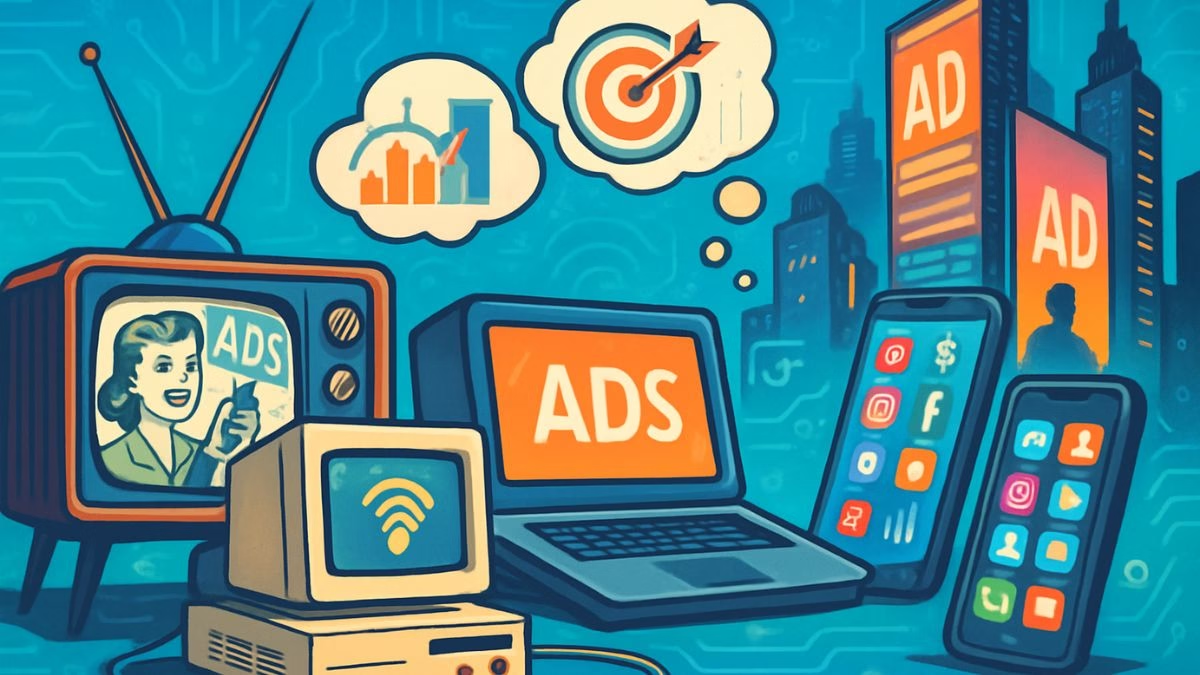
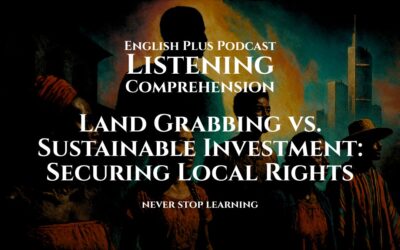
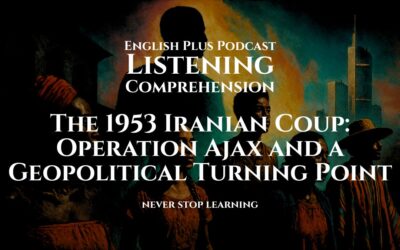
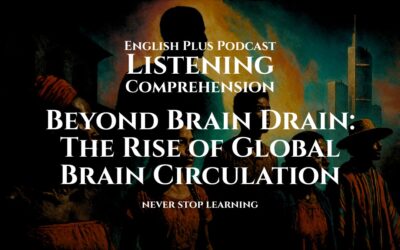
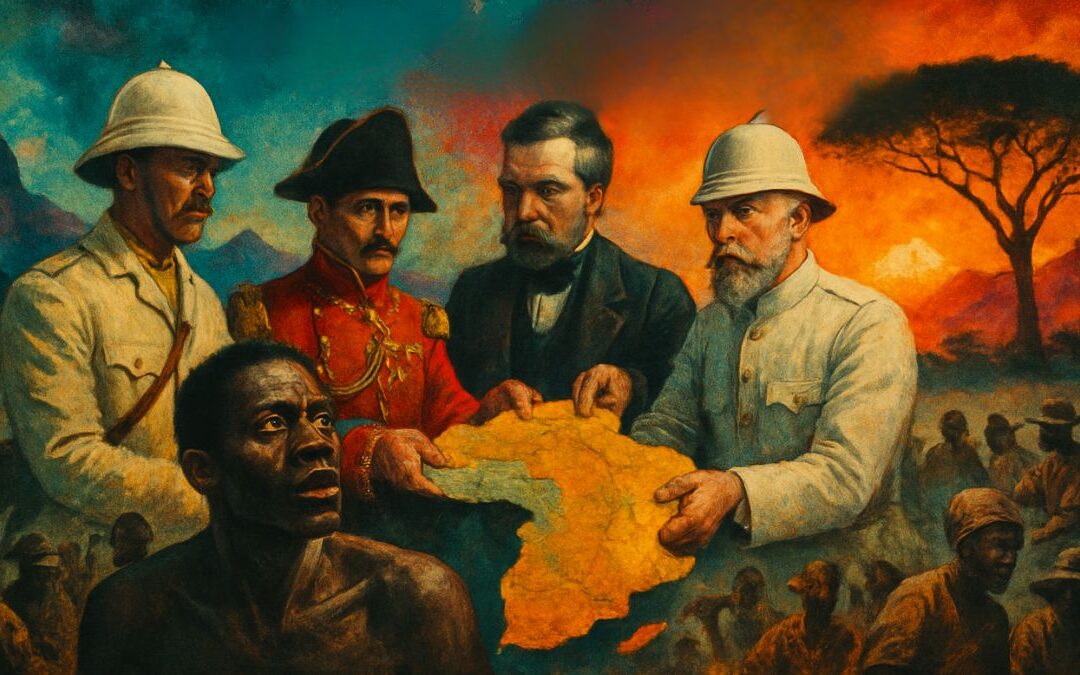





0 Comments